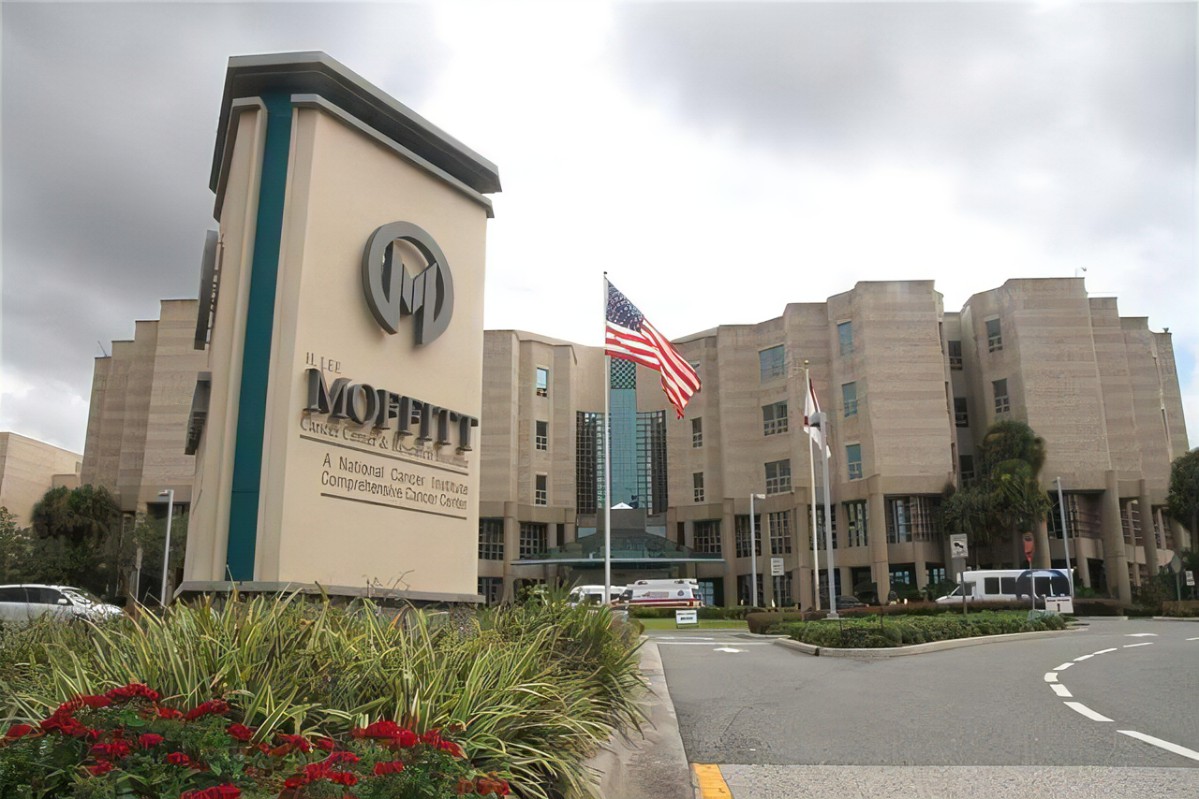1937 年,美国国家癌症研究所法案成立,是美国国立卫生研究院 (NIH) 的一部分,NIH是美国卫生与公众服务部(HHS)的11个机构之一。在所长Eschenbach的领导下,NCI 下属7个分支机构,分别是癌症研究中心、癌症流行病学和遗传学部、癌症诊断和治疗学部、癌症控制和人口科学部、癌症预防学部、癌症生物学中心及院外研究事务部。
NCI 的使命是领导、开展和支持全国的癌症研究,以推进科学知识,帮助所有人过上更长寿、更健康的生活。第一种人类 RNA 病毒 (HTLV-I)便是由 NCI 的 Robert C. Gallo 博士发现。
NCI投入大量资金开展基础和临床生物医学研究和培训,为了可以在癌症开始之前预防癌症的未来,确定在最早阶段发展的癌症,通过创新的治疗干预措施消除癌症,用生物控制技术控制那些现在无法消除的癌症,使它们变得可控, 或者成为慢性病。

1937 The National Cancer Institute Act was established as part of the National Institutes of Health (NIH), one of 11 agencies within the Department of Health and Human Services (HHS). Under the leadership of Director Eschenbach, the NCI has seven branches, namely, the Cancer Research Center, the Cancer Epidemiology and Genetics Division, the Cancer Diagnosis and Treatment Division, the Cancer Control and Population Sciences Division, the Cancer Prevention Division, the Cancer Biology Center, and the Extramedical Research Division.
NCI's mission is to lead, conduct, and support cancer research nationwide to advance scientific knowledge and help all people live longer, healthier lives. The first human RNA virus (HTLV-I) was discovered by Dr. Robert C. Gallo of the NCI.
NCI has invested heavily in basic and clinical biomedical research and training, in order to prevent cancer before cancer starts in the future, in the first stage of the development of the cancer, through innovation of intervention measures to eliminate cancer treatment, biological control technology to control those now can't eliminate cancer, make them become manageable, or become a chronic disease.